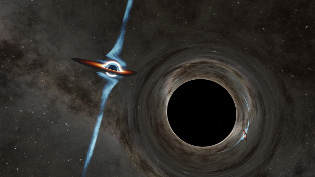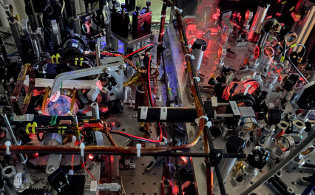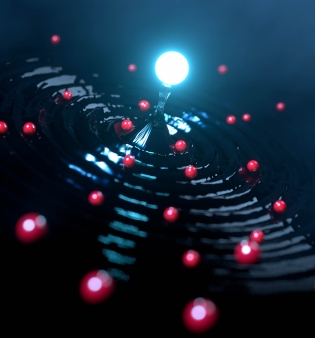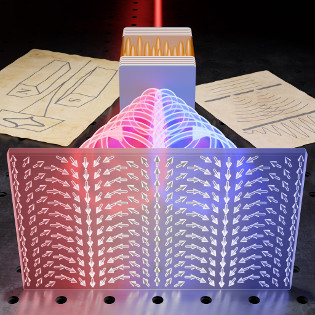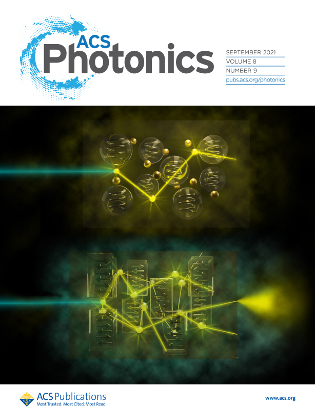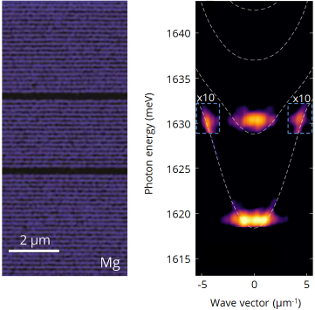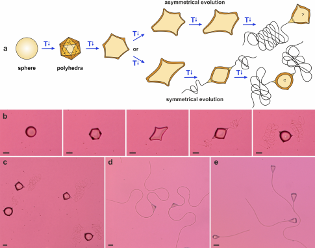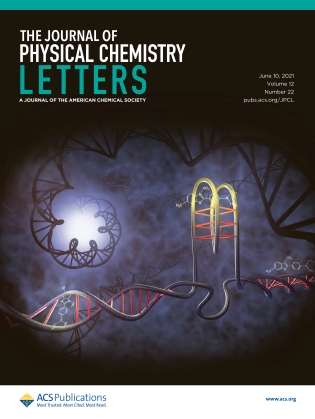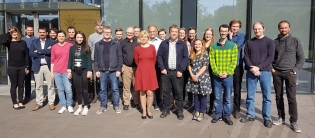Press releases
Physicists from the University of Warsaw co-created a microlaser emitting two circular beams
2022-03-23
Scientists from the University of Warsaw, the Military University of Technology and the University of Southampton presented a new type of tunable microlaser emitting two beams. – These beams are polarized circularly and directed at different angles – says Prof. Jacek Szczytko from the Faculty of Physics of the University of Warsaw. This achievement was obtained by creating the so-called a persistent-spin helix on the surface of the microcavity. The results have been published in "Physical Review Applied". | More
Colossal Black Holes Locked in Dance at Heart of Galaxy
2022-02-23
An international team of astronomers found evidence for a unique pair of supermassive black holes orbiting each other in the center of a quasar. Dr Przemysław Mróz from the Astronomical Observatory of the University of Warsaw is one of the co-authors of the study published in The Astrophysical Journal Letters. | More
A useful application for a quantum processor: the improvement of spectroscopy measurements
2022-02-11
Researchers from the University of Warsaw have built the first quantum processor in Poland and are putting it to use in spectroscopy. They’ve demonstrated how quantum information processing can efficiently provide information on matter hidden in light.
More
Publication of physicists from the University of Warsaw in "Nature"
2021-12-15
Scientists from the Faculty of Physics at the University of Warsaw led by dr hab. Michał Tomza together with the experimental group of prof. Tobias Schaetz from the University of Freiburg were the first to observe Feshbach resonances between a single ion and ultracold atoms. The results of their work have been published in "Nature". The article was additionally highlighted on the journal's cover. | More
The optical Stern-Gerlach Deflection and Young’s experiment in the reciprocal space
2021-11-09
Scientists for the first time demonstrated Young's experiment for photons in the reciprocal space. Spin patterns corresponding to the persistent spin helix and the Stern-Gerlach experiment are realized in an optically anisotropic liquid crystal microcavity. By applying electric voltage across the microcavity, the liquid crystal molecules inside could be rotated in such a way that the light passing through the cavity was forced to change its internal state into right- and left-handed circular polarized components. | More
Lasing as a tool for detection of protein aggregates
2021-10-06
Scientists from the Laboratory of Ultrafast Processes at the Faculty of Physics of the University of Warsaw have developed a method that allows to detect small protein aggregates (oligomers), the presence of which in the nervous tissue and the cerebrospinal fluid may signal the early stages of neurodegenerative diseases such as the Alzheimer's or Parkinson's diseases. The method is based on the use of the phenomenon of stimulated emission to amplify the light emitted spontaneously by dye molecules associated with protein aggregates. A paper describing this research is promoted on the main cover of the September issue of ACS Photonics. | More
Non-linear effects in coupled optical microcavities
2021-07-28
Scientists from the Faculty of Physics of the University of Warsaw demonstrated exciton-polariton lasing and parametric scattering of exciton-polaritons in a system of coupled optical microcavities. The results have been published in the prestigious journal "Nanophotonics". Exciton-polaritons are quasiparticles formed by a strong coupling between excitons and photons in a semiconductor. Their bosonic nature and non-linear interactions allow the observation of fascinating phenomena such as Bose-Einstein condensation of polaritons and polariton lasing, which, unlike typical lasering, occurs without occupation inversion. | More
Emulsion microdroplets can swim by producing their own flagella
2021-07-15
Researchers from the Faculty of Physics at the University of Warsaw, University of Cambridge, Queen Mary University of London and University of Sofia have shown that slow cooling of a suspension of oil droplets with surfactant in water may lead to non-spherical shapes of the droplets, which can produce filamentous structures resembling bacterial flagella. The filaments induce motion of the droplets, and the process is fully reversible via cyclic changes of the temperature of their environment. An article describing the findings has just been published in “Nature Physics”. | More
Lasing in biological materials as a structure-sensitive research tool
2021-06-22
A team of scientists from the Ultrafast Processes Laboratory at the Faculty of Physics of the University of Warsaw, supported by a researcher from the Chalmers University of Technology (Sweden), showed how to detect changes in the DNA structure using all-optical methods based on the emission of light. This was achieved by time-resolved measurements of the intensity of light emitted by an organic dye bound to the studied material after it was excited by a short pulse of laser light and by using the phenomenon of light amplification in a medium excited by a strong laser pulse. A paper describing these experiments found its way to the cover of one of the leading magazines in the field of physical chemistry, The Journal of Physical Chemistry Letters. | More
How is angular momentum generated in nuclear fission?
2021-02-25
A series of measurements performed at the Laboratory of the Physics of the two infinities Irène Joliot-Curie (IJCLab) in France resulted in a key observation that allows to explore the mechanism of angular momentum generation in nuclear fission. Analysis of the properties of radiation emitted in the fission reactions of the 238U, 232Th, and 252Cf atomic nuclei revealed no correlation between the angular momenta of the resulting fission fragments. This latest finding implies that, contrary to the predictions of most fission models, the sources of angular momenta are separate, and it must be generated after the nucleus splits. The results, published in the Nature journal, are the effect of collaboration between physicists from the international Nu-ball research group, including researchers from the Faculty of Physics of the University of Warsaw. | More







